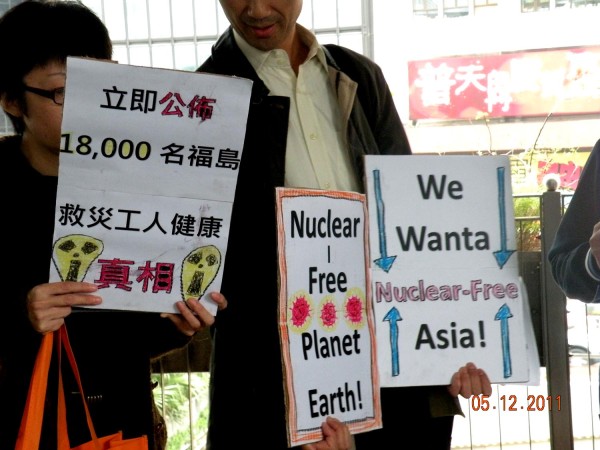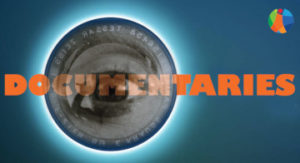India Today news service reported on February 27, 2014: “Advanced Heavy Water Reactor is the latest Indian design for a next-generation nuclear reactor that will burn thorium as its fuel”.
Co-incidently, Dr. Gordon Edwards had informed Pressenza that, “There are two countries that are testing moderated thorium-fuelled nuclear reactors, and they are Norway and India. In both cases, the fuel is a blend of Thorium and Plutonium. Although the plutonium used is not “weapons-grade”, it is definitely “weapons-usable” material. The IAEA has made it abundantly clear that all grades of plutonium are weapons-usable.”
Pressenza has Gordon Edwards’ writings on the issue of Thorium in our archives. He informed us that, “These articles were written at a time when I was not aware of how seductive the “Thorium” pitch was going to turn out to be.”
It was the India story in relation to thorium that took this writer’s interest and gave cause to take another look at the perils and promises of Thorium.
While it is understandable that India is proud of its research and ability to design of the world’s first mainly thorium-based nuclear reactor – a so-called Advanced Heavy Water Reactor (AHWR), this achievement of Bhabha Atomic Research Centre (BARC) in Mumbai is being billed as an important step towards the third stage of India’s nuclear power programme, which sees the use of thorium fuel cycles for commercial power generation.
Dr R.K. Sinha, chairman, Atomic Energy Commission, interviewed by Indiatoday.in said: “This reactor can continue to cool its core after passive shutdown without an external source of cooling water and electricity and even without any operator action for nearly 110 days.”
India’s reserves of thorium constitute 25 per cent of the world’s total reserves and thorium is being projected to form the fuel resource for the third stage in India’s three-stage nuclear power programme. Generation of electricity from any AHWR is not expected to take place until 2025.
Use of thorium would reduce India’s dependence on fossil fuels, which are mostly imported, and at a first look seems to contribute to global efforts to combat climate change, as Dr Sinha says. But his claims that the technology will give the most secured and safest reactor – “which in future, could be set up close to densely-populated regions without any need for an exclusion zone,” is a very bold statement and a wrong one.
“The idea that one can put these new reactors right in the middle of populated areas, without even an exclusion zone, seems to be foolish in the extreme,” insists Gordon Edwards. “There will still be an enormous inventory of radioactive poisons inside the reactor, the fiercely radioactive “fission products” that are the broken pieces of plutonium atoms that have been split as well as uranium-233 atoms that have been split, and any catastrophic event that allows these fission products to escape into the environment will make large areas of land unfit for human habitation for a very long time.”
This could be due to a violent earthquake, a plane crash, or a terrorist attack. Let’s not forget the horrifying attack on a Mumbai hotel not so long ago; such an attack on one of these thorium-fuelled reactors could result in enormous contamination. Put it this way: the reactor itself is the largest “dirty bomb” you can possibly imagine, all it needs is some malevolent force to “set it off”.
“The reason why India is switching to thorium is quite simple,” continues Gordon Edwards, “they don’t have enough in the way of uranium supplies to be truly self-sufficient. They don’t want to be in a position where their nuclear fuel supply could be cut off by other nations. The fundamental attraction of thorium is that it can be used as an alternative source of fissile uranium, as thorium-232 atoms can be transmuted (by neutron absorption) into uranium-233, which gives just about the same amount of energy per fission as uranium-235, and is also (like U-235) able to sustain a nuclear chain reaction. Thus U-233 can be used either as a nuclear explosive or as a nuclear fuel. Thorium, by itself, cannot be used for either of these purposes.
“Another advantage that is sometimes claimed for thorium reactors is that there is no truly long-lived nuclear waste products in the irradiated nuclear fuel, because no plutonium is produced. However this ignores the fact that uranium-233 itself has a half-life of 159 thousand years, which is about six-and-a-half times longer than the half-life of plutonium-239. So there are only two possibilities – either you reprocess the irradiated fuel to remove the uranium-233, or you do not. But that’s exactly the same choice one normally has with the plutonium in irradiated fuel from a uranium-fuelled reactor – you either reprocess the irradiated fuel to remove the plutonium, or you do not. It is fundamentally the same problem and the same options for dealing with that problem. Thorium offers no advantage in this regard.”
An important adjunct question remains to be highlighted, the rumour that having a thorium based reactor removes the nuclear weapons risk factor. Not at all.
“When it comes to the weapons proliferation aspect, it is important to realize that U-233 is an excellent nuclear explosive,” Gordon Edwards explains, “just as plutonium-239 is, and has the advantage that the bomb design can be a whole lot simpler – you don’t need to use the implosion mechanism that is required with plutonium, you can use a simple gun-type assembly instead.” (* see additional technical notes)
However, India is not the best example to illustrate this dilemma because India has already used the uranium-plus-plutonium approach to build an arsenal of nuclear weapons, and has a large stockpile of separated plutonium from reprocessing the irradiated uranium fuel from India’s nuclear power plants.
So by embarking upon the “thorium fuel cycle” India is not qualitatively changing the picture; in fact they could argue that by using some of their plutonium mixed with thorium as fuel, they are diminishing rather than expanding their opportunities for building more bombs. But what difference does that make?
The real question is, can the world risk using nuclear power for energy, especially with its insidious connection with nuclear weapons – no nuclear reactors, no nuclear explosives; and no nuclear explosives, no nuclear weapons!
(*Additional technical notes: The main problem with using U-233 for bombs is that it gets contaminated with a highly radioactive gamma-emitting material, U-232, which makes it dangerous too work with. A similar problem exists with plutonium-239 being contaminated with plutonium-240. In both cases, the contamination can be greatly reduced by irradiating the fuel for a much shorter time in the reactor – about 1/10 as long as usual. This prevents the buildup of those contaminating materials. In the AHWR reactor, where the fuelling is on-line (you can refuel at full power without need to shut down the reactor) this can be done a lot easier by just devoting a few of the hundreds of fuel channels to produce “lightly irradiated” fuel by moving the fuel through the core of the reactor that much faster.)






